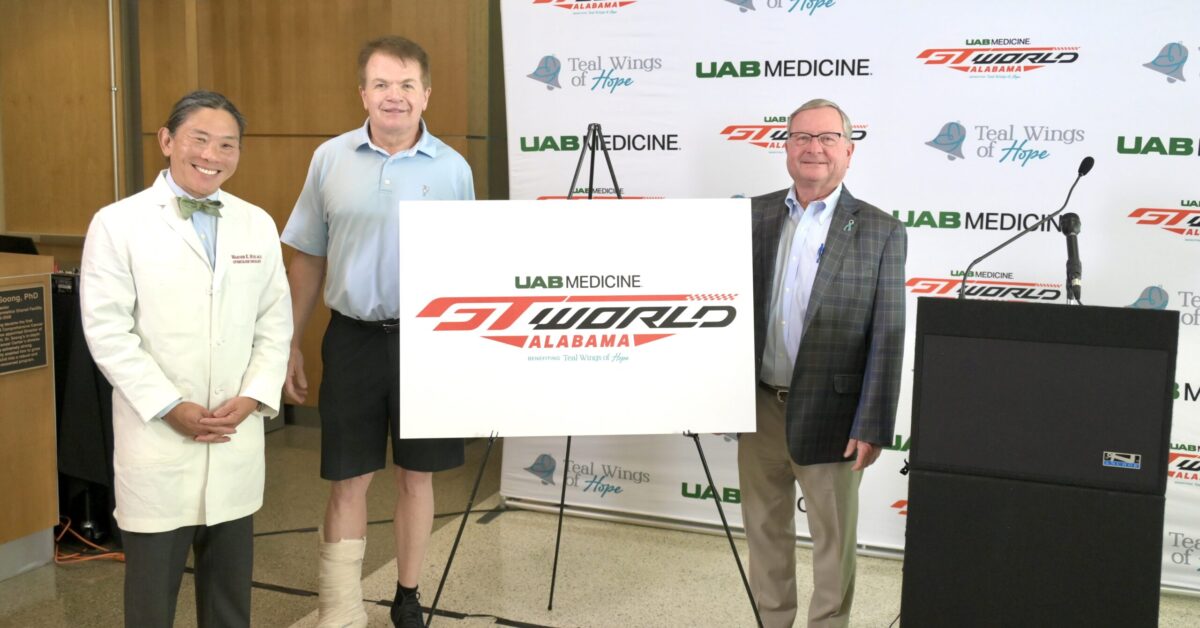Re-discovering the lost lakes, parks and springs of Birmingham
Reading time: 6 minutes
Sponsored

It happens everytime you welcome and host a visitor to Birmingham.
You drive down Lakeshore Drive in Homewood and your guest will ask…. Where is the lake?
You take them to Slice or Hattie B’s in Birmingham’s popular Lakeview District….still no lake.
There is an iconic moment in the movie Field of Dreams when James Earl Jones talks about baseball and says,
“America has rolled by like an army of steamrollers. It has been erased like a blackboard, re-built and erased again.”
That’s exactly what has happened to Birmingham’s landscape over the past 148 years with its lakes, parks and springs.
Here is the photographic evidence:
Want to see the “lake” on Lakeshore Drive? Check out Edgewood Lake in the early 1900s.

It’s true, you could actually drive alongside a lake.
Here is a map created imposing the size of Edgewood Lake in 1929 on a map of current day Lakeshore Drive. See how the lake would have covered today’s soccer fields and at the doorstep of Homewood High School.
How did Lakeview get its name? Lakeview Park, of course. Look at this stunning 19th century rendering of the lake and hotel. Today, it is the Highland Golf Course and the shopping center with the Piggly Wiggly off Clairmont Avenue.


Fun facts: Two U.S. Presidents – Grover Cleveland and Benjamin Harrison visited Lakeview Lake. And of course, we all know the park was home to the first Alabama-Auburn football game.

Rediscovering Birmingham’s lost lakes and springs
As part of a three part series, Bham Now will examine the history of Birmingham’s “resort” or “streetcar” lakes, parks, and springs. Why were they developed and lost? And learn how we can preserve and protect what remains.
Why did the Birmingham area create all these lakes?
Within the first 50 years of Birmingham’s founding, five man-made lakes and parks were established in Jefferson County – Lakeview Park, East Lake, Avondale Park, Edgewood Lake and West Lake. They were called “streetcar” or “resort” lakes because they were serviced by dedicated streetcar and trolleys.
Three of those parks – Lakeview, Edgewood and West Lake have been erased from our memory.

“They were an important place for recreation in the late 1800s and early 1900s before the automobile,” said Jim Baggett, Head of the Department of Archives and Manuscripts at the Birmingham Public Library. “They gave people a place to get out of town. Because Birmingham sits in this valley, it is hot, it was smokey back then and noisy with all the industry.”
How to Get-a-away
Baggett described how Birmingham’s earliest residents escaped to the parks.
“You could hop on a special streetcar and go up to Lakeview. There were boat rides, even a hotel you could spend the weekend in. It was up the mountain a bit, it was cooler, you didn’t have all the smoke and soot. Same with East Lake. There was a hotel, and later on there was an amusement park where you could go swimming. Edgewood and West Lake were not as developed, but you could still go swimming and fish.
It was a place you could get to, but once the automobile comes along people can go further. So, the lake resorts, especially places like Lakeview and East Lake with the hotels, just died off because people could go other places. But of course some of these places were still popular until the mid-20th century, and East Lake is still there.”

Birmingham’s 1890s Countryside
Today, it is hard to imagine how fast Birmingham grew in population between 1880 to 1910. In the late 1880s Birmingham was essentially downtown and the population was 26,000. Places like Highland Avenue and Lakeview were the countryside and soon to be “burbs.” By 1910, the population surpassed 132,000 on its way to 260,000 by 1930.
Over the Mountain, both Mountain Brook and Homewood, had very few people living there until the 1910s and 1920s. Much of that area was forest.
Land of Springs

Along with our lakes, perhaps the most valuable resource we have lost over the years in Birmingham are our numerous refreshing springs.
Birmingham’s network of springs created most of the man-made lakes, including the pond at Avondale Park.
Dan Drennen, a Birmingham native, who works at the U.S. Fish and Wildlife Service has cataloged and identified nearly a hundred springs throughout Jefferson county.
“The geology in Jefferson County is special,” added Drennen. “You have several formations coming together on the east side of Jefferson County, running along the ridge. When you have that many type of geological strata coming together you have a propensity to develop passageways and seepages for water.”
There is a lot of water under Birmingham, and as the community has grown over the past century, the best way over the years to deal with its karst/limestone terrain has been to bury, disrupt and alter its springs.

Springs are hidden all around us. They are under parks, post offices, shopping centers and homes.
“It is unfortunate that people have seen springs as somewhat of a nuisance or drainage problem,” concluded Drennen.
“Ground truthing” our lost lakes and springs
In the next story in this series, we will explore, discover and see first hand Birmingham’s lost lakes and springs. Join us in that journey.

 11809 views
11809 views

